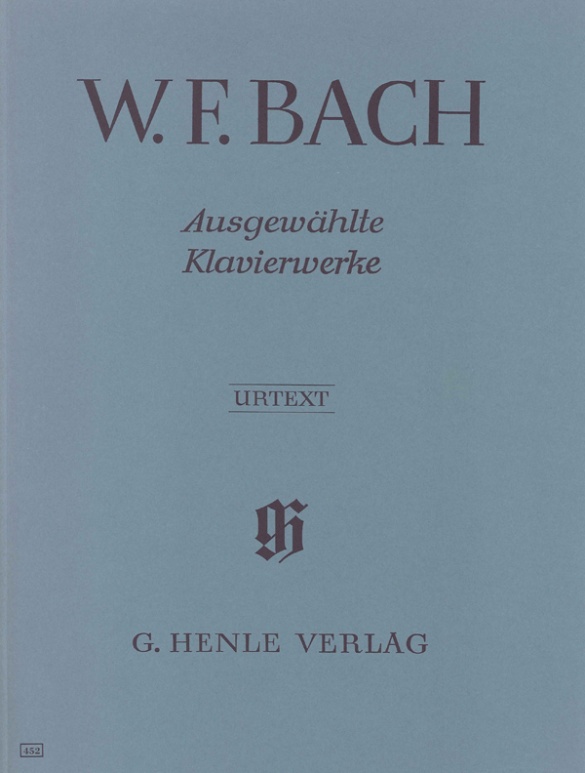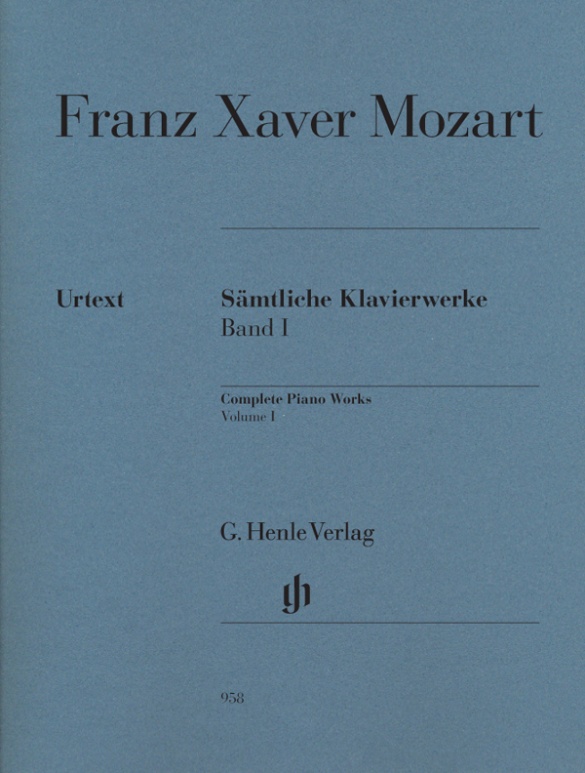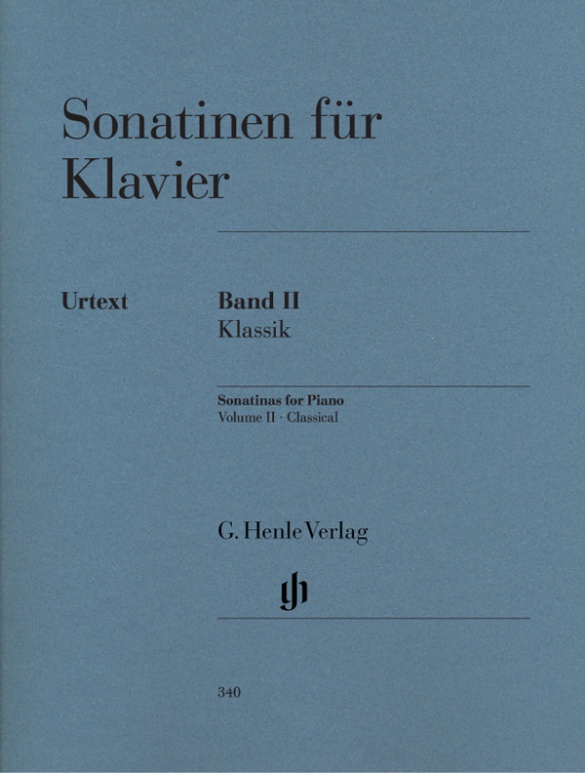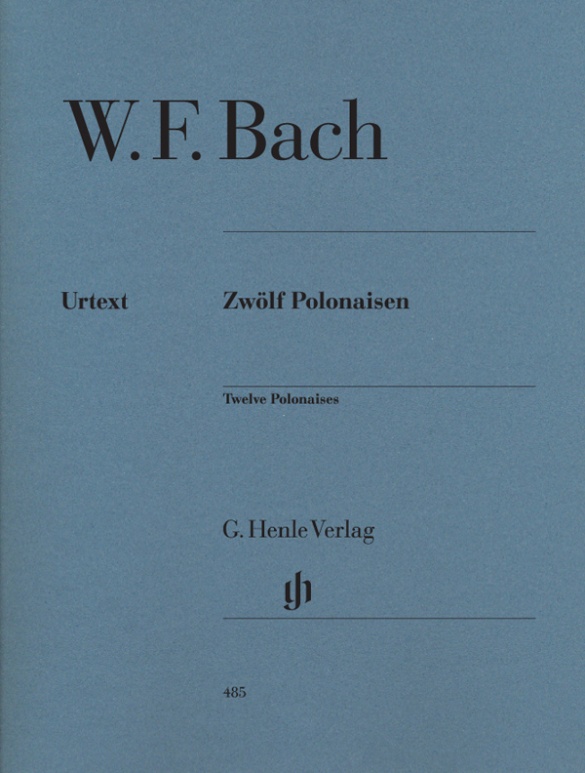

Wilhelm Friedemann Bach
Twelve Polonaises
The polonaise was a fashionable dance form not only in Chopin and Liszt’s time, for Johann Sebastian Bach’s son Wilhelm Friedemann had already brought this Polish national dance to a high-point. His twelve Polonaises were so popular in his time that they survive in numerous manuscripts, meaning that today’s pianists can enjoy these most successful of W. F. Bach’s piano compositions. Colourful and effective, they ascend stepwise through the keys, with a polonaise in the major and one in the minor juxtaposed in each case. The pieces are sensitive and expressive, and Bach is clearly setting off along the path to the character piece with these Polonaises. He probably played them on the clavichord, the delicate and favoured instrument of this time of sensibility.
Content/Details
About the Composer
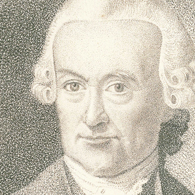
Wilhelm Friedemann Bach
A German composer, organist, and the eldest son of Johann Sebastian Bach. Educated by his father, he numbered among the most popular organists of his day. As a composer he initially drew upon older musical forms, but increasingly yielded to elements of Classicism over the course of his creative life. He wrote, among other things, virtuosic works for keyboard instruments including important concerti for harpsichord, cantatas, chamber music, and orchestral works.
About the Authors

Klaus Schilde (Fingering)
Schilde won numerous prizes. From 1947 onwards he gave concerts as a soloist and chamber musician on almost every single continent with renowned orchestras. He taught at the music conservatories in East Berlin Detmold, West Berlin, Munich, Tokyo (Geidai) and Weimar. From 1988–1991 he was President of the Staatliche Hochschule für Musik und Theater in Munich, where he
Product Safety Informations (GPSR)

G. Henle Verlag
Here you can find the information about the manufacturer of the product.G. Henle Verlag e.K.
Forstenrieder Allee 122
81476 München
Germany
info@henle.de
www.henle.com
recommendations
autogenerated_cross_selling
Further editions of this title
Further editions of this title


